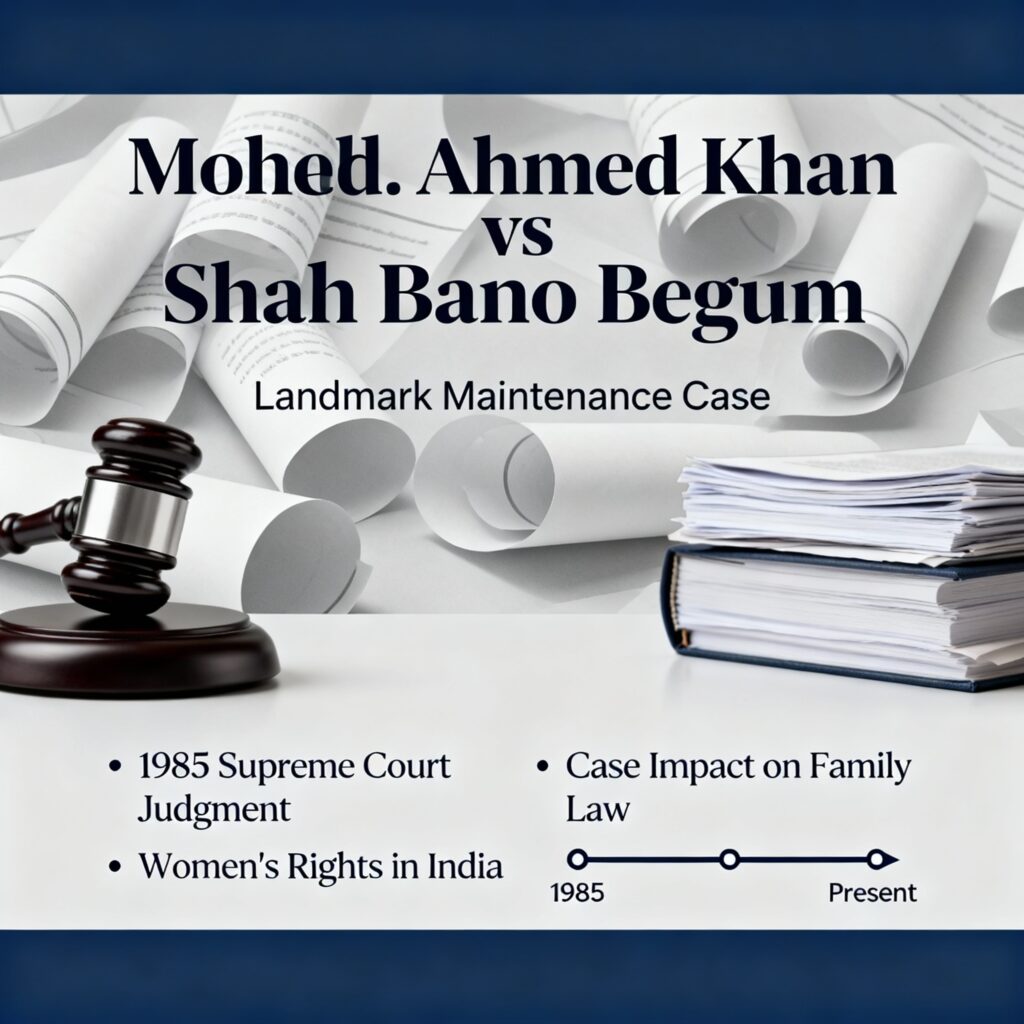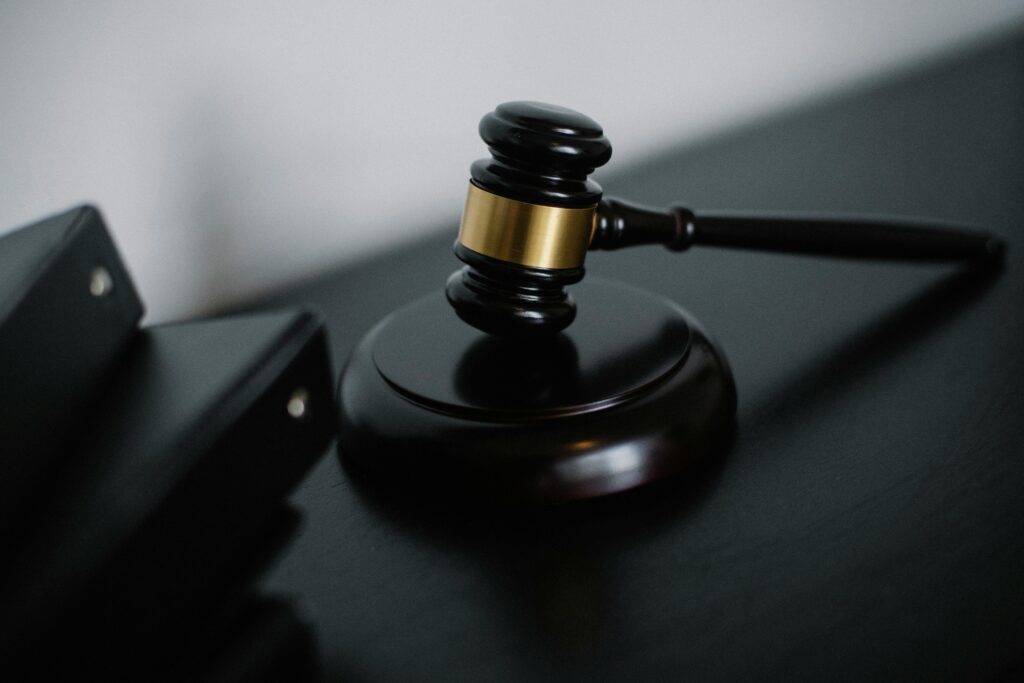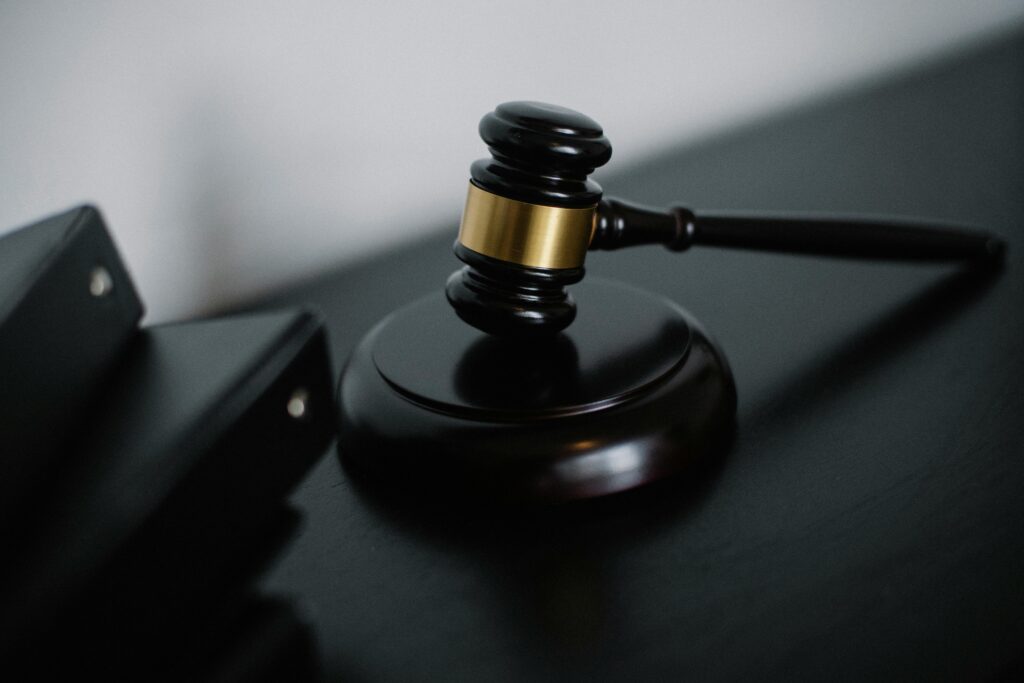Published on: 18th October 2025
Authored by: Sakshi Waskar
MIT WPU, Pune
Court: Supreme Court of India
Bench: S.M. Sikri, A.N. Grover, A.N. Ray, D.G. Palekar, H.R. Khanna, J.M. Shelat, K.K. Mathew, K.S. Hegde, M.H. Beg, P. Jaganmohan Reddy, S.N. Dwivedi, A.K. Mukherjee and Y.V.Chandrachud
Date of Judgment: April 24, 1973
Relevant Provisions/Statutes: Articles 14, 19(1)(f), 25, 26, 31, and 368 of the Constitution of India.
Brief Facts:
Kesavananda Bharati, the head of Edneer Mutt which belonged to a religious sect in Kasaragod in Kerala, owned some plots in that sect. The State government of Kerala introduced to Kerala Land Reforms Amendment Act in 1969, according to which the government had a right to acquire the some of the land which was owned by Edneer Mutt of which Kesavananda Bharati was the head. On 21st March 1969, Keasavananda Bharati filed a writ petition in the Supreme Court under article 32 of Indian Constitution for enforcement of his rights, which are guaranteed under Article 25 (right to practise and propagate religion), Article 26 (right to manage religious affairs), Article 14 (right to equality), Article 19(1)(f) (freedom to acquire property), and Article 31 (compulsory acquisition of property). The Kerala Government introduced to Kerala Land Reforms Amendment Act 1971 while the petition was still under consideration.
Issues:
- Whether the Constitutional Amendment can be applied to fundamental rights as per Article 368 of the Constitution?
- Whether the 24th Constitutional (Amendment) Act, 1971, is constitutionally valid or not?
- Whether the 25th Constitutional (Amendment) Act, 1972, is constitutionally valid or not?
- Whether the 29th Constitutional (Amendment) Act is valid, and to what extent can Parliament exercise its power to amend the Constitution?[1]
Arguments:
Petitioner’s arguments
- Written submissions are a result of time constraints, whereas oral arguments are preferable for clarifying ambiguities.
- Support for the Golaknath case – it was correct in holding that Parliament cannot amend fundamental rights.
- Article 368 contains only the procedure of amendment, it does not grant the authority to remove the rights conferred in Part III.
- Article 13(2) states emphatically that no law, including a constitutional amendment, may violate fundamental rights.
- Fundamental rights are not mere privileges; they are the result of immense struggles, like the Magna Carta and India’s freedom movement.
- There should not be any reopening or revision of the Golaknath case. Altering it persistently creates chaos and instability in the legal framework.
Respondent’s arguments
- The respondents argued on a point that under article 368, the parliament has an authority to amend any part of the constitution. They have complete power to amend and there are no specific restrictions mentioned in that article
- They also claimed that there are no implied limitations on this power to amend the constitution. According to them, they have full authority to amend including the right to add, remove or change the provision completely.
- The respondents further said that the 24th, 25th, 29th Constitutional Amendments were introduced to carry out important land reforms. They believed that these changes were needed to prevent the judiciary from blocking laws meant to social progress.
- They highlighted the idea that the Parliament represents the will of the people. It should have the power to make constitutional changes that align with the changing needs and aspirations of the society.
- Lastly, they saidthat the amendments were crucial to promote social justice and equality—especially through land reforms and other steps aimed at uplifting disadvantaged sections of society.
Judgment:
The decision of the Kesavananda Bharati case was passed on 24th April, 1973, by a slight majority of 7:6, where seven of the judges were in favour of the view that the Indian Constitution is amenable like other Acts and statutes. It was permitted by the judges so as to fulfill the socio-economic obligations of the State that are given to the citizens of India. The fundamental rights are granted to them and those rights can never be changed by the Parliament by amending any of them. The basic structure must remain the same. Six of the judges, the minority, who were against this judgement were of the opinion that the Parliament must not be vested with the unlimited power of amending the Constitution.
The landmark case was decided on 24th April 1973 where the judgement was delivered by S.M. Sikri CJI, K.S. Hegde, B.K. Mukherjea, J.M. Shelat, A.N. Grover, P. Jagmohan Reddy JJ, and Khanna J. Whereas, the minority opinions were written by A.N. Ray, D.G. Palekar, K.K. Mathew, M.H. Beg, S.N. Dwivedi, and Y.V. Chandrachud J. The dissenting judgement was given by other judges, who were still reluctant to give unfettered authority to Parliament. The court upheld the constitutionality of the 24th Amendment entirely. But in the case of 25th Amendment, the 1st and 2nd parts were found to be intra vires and ultra vires, respectively. The Court, therefore, answered all those questions that were previously left unanswered in the case of Golaknath in relation to the powers of the Parliament to amend the Constitution. The answer to the question was found in this Kesavananda Bharati case, where the court observed that the Parliament has the power to amend the Constitution to the extent that such amendment does not change the basic structure of the Indian Constitution. It was laid down by the court that the doctrine of basic structure is to be followed by the Parliament while amending the provisions of the Constitution.[2]
Ratio Decidendi:
Chief Justice S.M. Sikri, Justice K.S. Hegde, Justice J.M. Shelat, Justice Jaganmohan Reddy, Justice A.N. Grover, Justice Hans Raj Khanna, and Justice B.K. Mukherjea held the majority view, stating that the power to amend the Constitution does not mean that the basic structure of the Constitution can also be amended. It was held that the basic framework of the Constitution must not be affected while amending any part of the Constitution.
Justice Y. V. Chandrachud, Justice D.G. Palekar, Justice A.N. Ray, Justice M.H. Beg, Justice K.K. Mathew, and Justice SN Dwivedi stated that Article 368 has the capacity to introduce, amend, or remove any articles of the Constitution, aside from those that deal with fundamental rights. This power encompasses the introduction, modification, and deletion of any or all of the articles of the Constitution, with the exception of those that deal with basic rights.
Apart from the above views, Justice Khanna observed that the unlimited power to amend is not applicable to changing the basic structure of the Constitution.
Justice Mathew and Justice Ray concluded by agreeing with the notion of plenary rights. According to them, the Indian Constitution cannot be entirely repealed, creating a constitutionally void situation. They contended that the reforms must provide for the existence of government mechanisms in place for the creation, development, interpretation, and enforcement of laws.[3]
Final Decision:
- The majority held that any provision of the Indian Constitution can be amended by the Parliament to fulfil its socio-economic obligations that were guaranteed to the citizens as given in the Preamble, provided that such amendment did not change the Constitution’s basic structure. The minority, however, in their dissenting opinion, were wary of giving the Parliament unlimited amending power.
- The court held that the 24th Constitutional Amendment was entirely valid. But it found the first part of the 25th Constitutional Amendment to be intra vires and the second part of the same ultra vires.
[1] (Kesavananda Bharati v. State of Kerala (1973) : case analysis, n.d.)
[2] Kesavananda Bharati v. State of Kerala (1973) : case analysis. (n.d.).
[3] Kesavananda Bharati v. State of Kerala (1973) : case analysis. (n.d.).




